I was contacted by a Reconstructionist Rabbi about my recent publication regarding an estimated 60 percent Jewish Americans raised Orthodox switching to non-Orthodox denominations in adulthood. He reported that some of his most active congregants were “recovering Orthodox.”
I was asked whether the numbers differ between the ultra-Orthodox and modern Orthodox. I had to reply that, as opposed to Israel where for a variety of reasons, the differentiation and count of these two groups in the Diaspora is not usually undertaken.
In Jewish population research outside of Israel data is constructed from two simple questions about a Jewish person's denominational self definition without a fine grained list of denominations (although Reconstructionist is listed). Therefore, there's no differentiation between Orthodox and ultra-Orthodox.
I doubt “Orthodox” respondents in the Diaspora would often self-describe in terms of “ultra-Orthodox” and “modern Orthodox.” Perhaps the term Charedi or non-Charedi might be more useful, though not practicable, for Jewish research in the Diaspora where the whole Orthodox group wouldn’t exceed a tenth of the interviews even in heavily Jewish areas.
Even in Israel there is a clear denominational shift leftward as exemplified by an analysis published in the Library of Congress Country Studies series on Israel where the term neo-Orthodox is used for “modern Orthodox: Relations between the ultra-Orthodox and the neo-Orthodox have been complicated and not always cordial. Nevertheless, the neo-Orthodox have tended to look to the ultra-Orthodox for legitimacy on religious matters, and the ultra-Orthodox have managed to maintain their virtual monopoly on the training and certification of rabbis (including neo-Orthodox ones) in Israel. (The neo-Orthodox university, Bar-Ilan, as part of the parliamentary legislation that enabled it, was prohibited from ordaining rabbis.) Thus ultra-Orthodoxy has an aura of ultimate authenticity, a special connection to tradition that has been difficult for others to overcome.
Israeli state certified and trained rabbis of all streams, until recently, had to be be ordained in institutions ultimately monopolized by the ultra-Orthodox and then often go out to serve and educate communities who are left of ultra-Orthodoxy.
This set the stage for a sense of threat that the ultra-Orthodox feel most acutely from Orthodox groups just a bit religiously left of them. It’s a sociological truism that the greater the similarity between groups the greater the likelihood of schism and factionalization. While sociologists may have difficulty differentiating between strains of Jewish Orthodox, the Orthodox themselves certainly differentiate themselves from each other, sometimes to the point of conflict.
I would argue that the parameters of ultra-Orthodox conflict recently erupting in Israel finds its genesis from the threat of the Modern Orthodox felt by the ultra-Orthodox rather than any threats from secular Israelis.
A simple explanation of the outbreak in ultra-Orthodox assertion of sidewalk, bus, and female dress recently may be the ultra-Orthodox reaction to increased Modern Orthodox proximity brought about by increased gap year Modern Orthodox presence in Israel. After all, its not secular Israelis or tourists who are frequenting ultra-Orthodox neighborhoods and buslines in greater numbers recently, courtesy of Birthright Israel and other gap year enabled Israel stays.
Pini Herman, PhD. has served as Asst. Research Professor at the University of Southern California Dept. of Geography, Adjunct Lecturer at the USC School of Social Work, Research Director at the Jewish Federation of Greater Los Angeles following Bruce Phillips, PhD. in that position (and author of the “most recent” 15 year old study of the LA Jewish population which was the third most downloaded study from Berman Jewish Policy Archives in 2011) and is a past President of the Movable Minyan a lay-lead independent congregation in the 3rd Street area. Currently he is a principal of Phillips and Herman Demographic Research. To email Pini: pini00003@gmail.com To follow Pini on Twitter: Follow @pinih









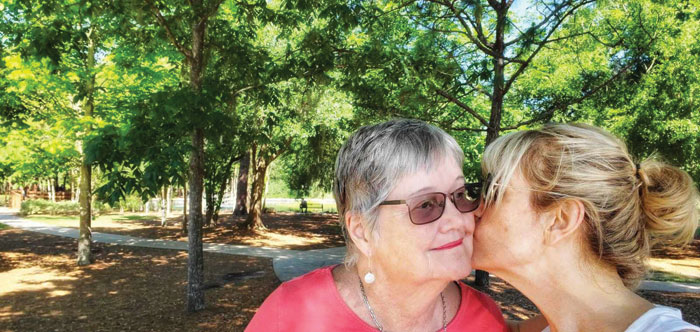


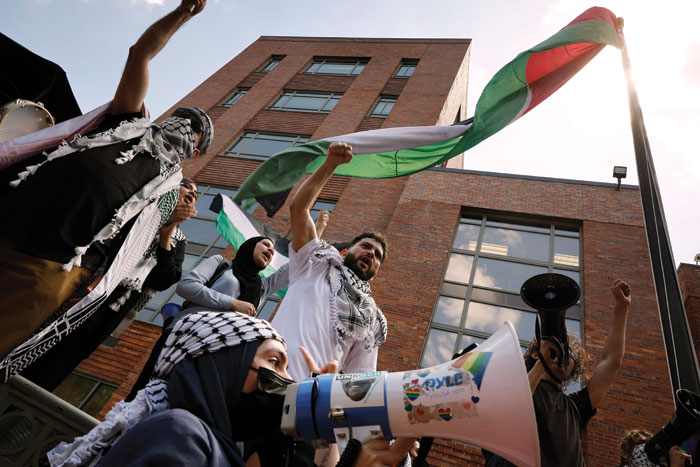

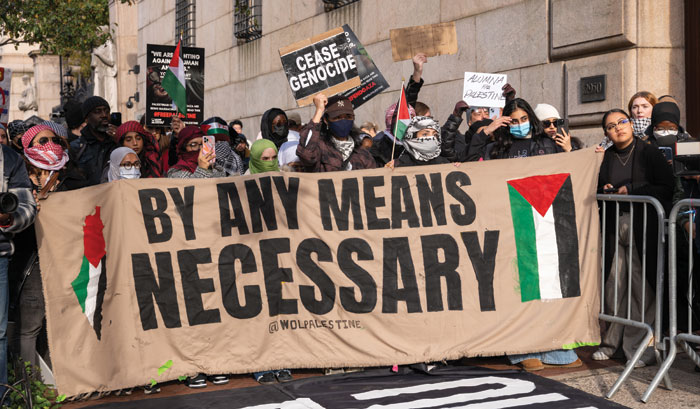
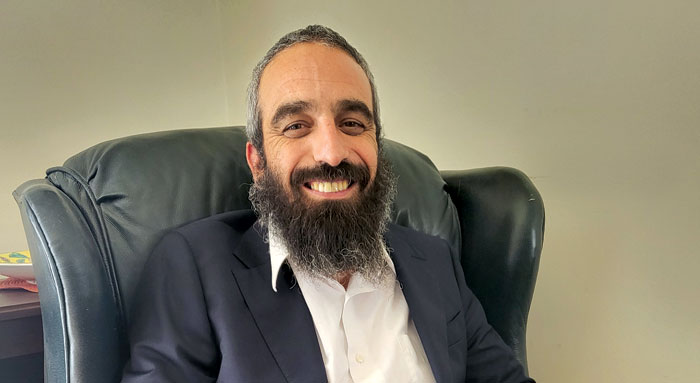
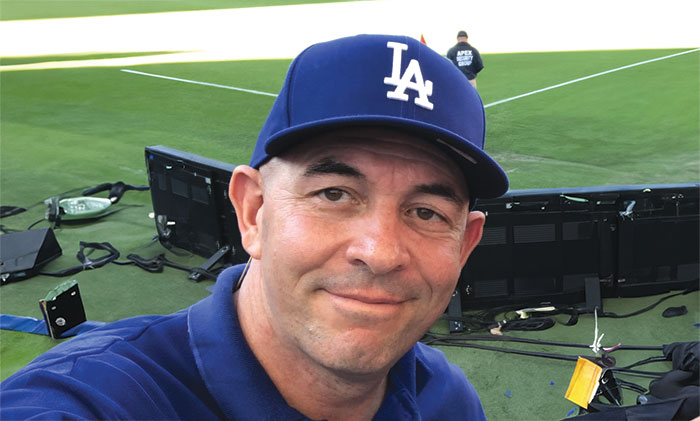





 More news and opinions than at a Shabbat dinner, right in your inbox.
More news and opinions than at a Shabbat dinner, right in your inbox.